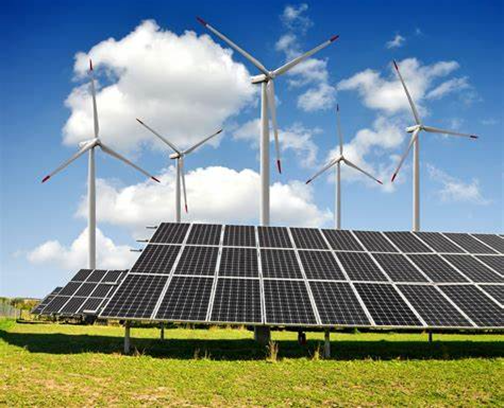By Julia Ciardullo
Fellow
On April 27, 2012, the Massachusetts Department of Energy Resources (DOER) published a proposed final regulation regarding the use of forest biomass for generating energy in Massachusetts. If adopted, the regulation would be the first to set greenhouse gas (GHG) emissions standards for determining the eligibility of biomass for Renewable Energy Certificates (RECs) under the state’s Renewable Portfolio Standard (RPS).
The proposed regulation relies on a scientific study released by the Manomet Center for Conservation Sciences in 2010. Contrary to the common perception that biomass is a carbon neutral energy source, the Manomet study found that initially, biomass actually emits more GHGs than fossil fuels per unit of energy produced – what it calls a “carbon deficit.” Over time, re-growth of a harvested forest absorbs these GHGs from the atmosphere; however, using biomass energy begins yielding a “carbon dividend” (i.e. lower atmospheric GHG levels compared to fossil fuels) only after several decades (see figure 1 here). In addition, the study found that using logging debris (tree tops and branches) as fuel results in a carbon dividend sooner than using whole trees because logging debris tend to decompose on the forest floor and release carbon into the atmosphere, whereas whole trees act as carbon sinks (see figure 2 here).
In light of these findings, the DOER included the following key components in the proposed regulation:
1. Eligible biomass: “Eligible Biomass Woody Fuels” is defined to include two categories of biomass: (1) residues (logging debris such as tree tops and branches) and (2) thinnings (whole trees deemed to be unacceptable growing stock and managed thinning operations). Residues and thinnings are each subject to a different GHG accounting method, as discussed further below.
2. Forest sustainability: To be eligible for RECs, biomass must be sustainably harvested to ensure continued absorption of GHGs from the atmosphere and to protect forest ecosystems. The amount of biomass that may be harvested depends on the amount removed and the soil conditions. Removal is prohibited from old growth forests or steep slopes.
3. Overall efficiency criteria: To be eligible for RECs, a biomass facility must demonstrate an overall energy conversion efficiency of 50 percent, at which point it would earn one-half a REC per megawatt-hour of electricity. If the facility can demonstrate an overall efficiency of 60 percent, it would then qualify for a full REC. Overall efficiency must be calculated on a quarterly basis by an independent party.
4. GHG accounting: To be eligible for RECs, a biomass facility must conduct an annual lifecycle emissions analysis and demonstrate a 50 percent reduction in GHG emissions over 20 years relative to a natural gas, combined-cycle generation unit. The GHG accounting analysis is based on (1) the overall efficiency of the unit, (2) the fuels displaced by the unit and (3) whether the biomass fuel used is residue or thinnings. Residues and thinnings are treated differently because of the different carbon deficit reduction periods associated with each.
The proposed regulation is open for public comment until June 18, 2012.


